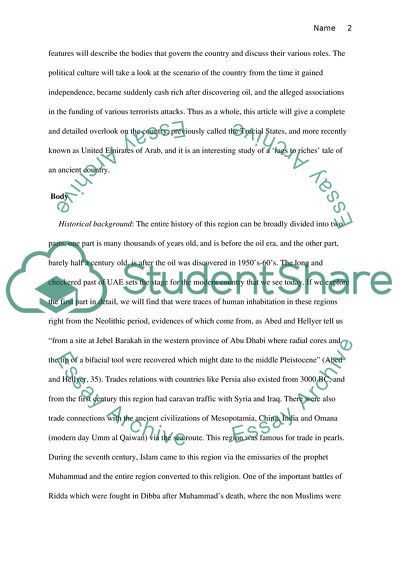Cite this document
(The United Arab Emirates Coursework Example | Topics and Well Written Essays - 2500 words, n.d.)
The United Arab Emirates Coursework Example | Topics and Well Written Essays - 2500 words. https://studentshare.org/politics/1734101-political-science
The United Arab Emirates Coursework Example | Topics and Well Written Essays - 2500 words. https://studentshare.org/politics/1734101-political-science
(The United Arab Emirates Coursework Example | Topics and Well Written Essays - 2500 Words)
The United Arab Emirates Coursework Example | Topics and Well Written Essays - 2500 Words. https://studentshare.org/politics/1734101-political-science.
The United Arab Emirates Coursework Example | Topics and Well Written Essays - 2500 Words. https://studentshare.org/politics/1734101-political-science.
“The United Arab Emirates Coursework Example | Topics and Well Written Essays - 2500 Words”. https://studentshare.org/politics/1734101-political-science.


